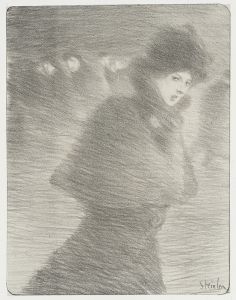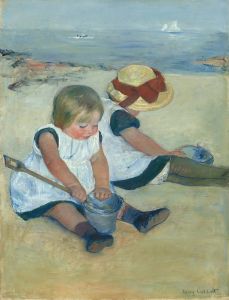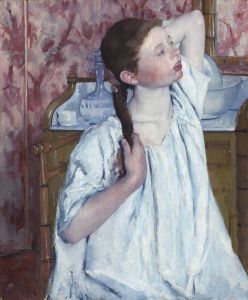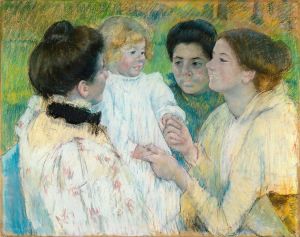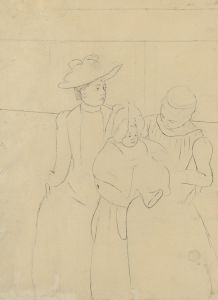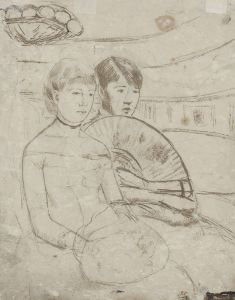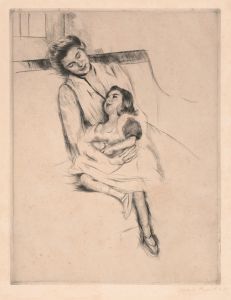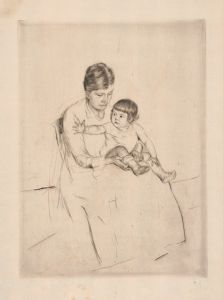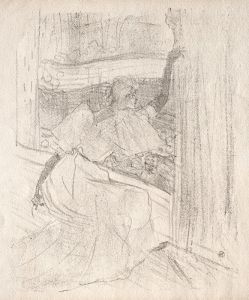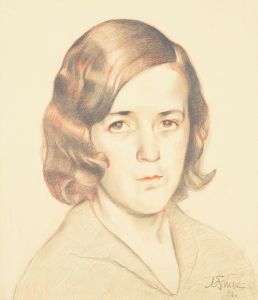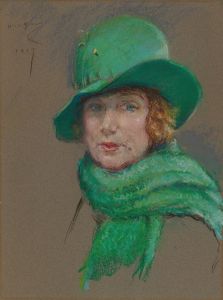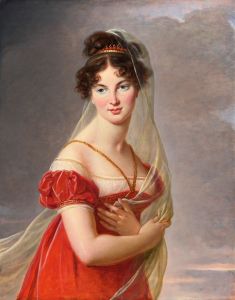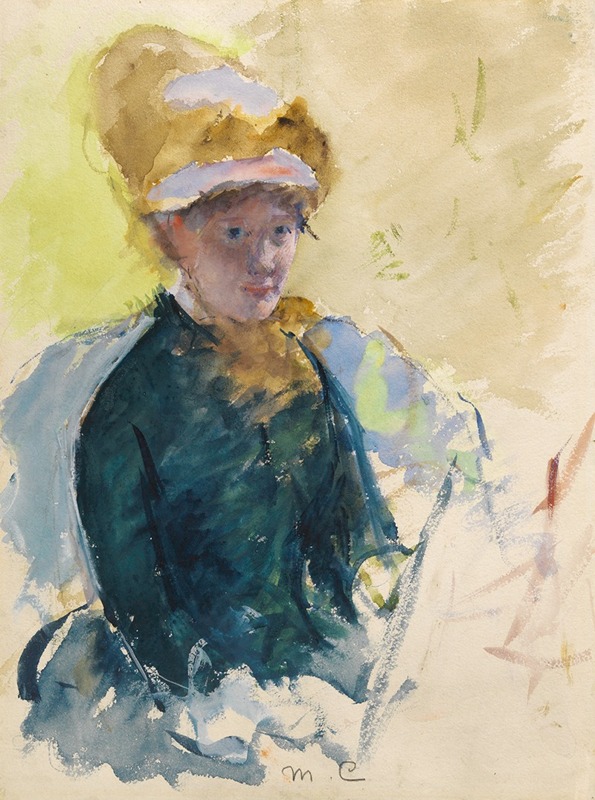
Self-Portrait
A hand-painted replica of Mary Cassatt’s masterpiece Self-Portrait, meticulously crafted by professional artists to capture the true essence of the original. Each piece is created with museum-quality canvas and rare mineral pigments, carefully painted by experienced artists with delicate brushstrokes and rich, layered colors to perfectly recreate the texture of the original artwork. Unlike machine-printed reproductions, this hand-painted version brings the painting to life, infused with the artist’s emotions and skill in every stroke. Whether for personal collection or home decoration, it instantly elevates the artistic atmosphere of any space.
Mary Cassatt's "Self-Portrait" is a notable work by the American painter, who is renowned for her contributions to the Impressionist movement and her depictions of the intimate lives of women and children. Born in 1844 in Allegheny City, Pennsylvania, Cassatt spent much of her adult life in France, where she became an integral part of the Impressionist circle, alongside artists such as Edgar Degas, who became a close friend and mentor.
The "Self-Portrait" by Mary Cassatt is an oil painting completed in 1878. This work is significant as it is one of the few self-portraits by Cassatt, providing insight into how she viewed herself as an artist during a time when female painters were often marginalized. The painting is housed in the collection of the Metropolitan Museum of Art in New York City.
In this self-portrait, Cassatt presents herself in a straightforward and confident manner, reflecting her determination and self-assuredness as a professional artist. She is depicted wearing a dark dress with a high collar, which was typical of the fashion of the time. Her gaze is direct and engaging, suggesting a sense of introspection and seriousness about her craft. The background is kept simple, focusing the viewer's attention on Cassatt's face and expression.
Cassatt's technique in this painting is characteristic of her broader body of work, which often features loose brushwork and a keen attention to the effects of light and shadow. The color palette is relatively subdued, with earthy tones that lend a sense of realism and immediacy to the portrait. This approach aligns with the Impressionist movement's emphasis on capturing the fleeting effects of light and the everyday moments of life.
The "Self-Portrait" not only highlights Cassatt's technical skill but also her role as a pioneering woman in the art world. At a time when women were often excluded from formal artistic training and professional opportunities, Cassatt forged a successful career and became one of the leading figures in the Impressionist movement. Her work was exhibited alongside that of her male counterparts, and she was one of the few women to participate in the Impressionist exhibitions in Paris.
Mary Cassatt's influence extended beyond her own paintings; she was instrumental in introducing European Impressionist art to American audiences. Through her connections with wealthy American collectors, she helped to shape the tastes of art patrons in the United States and played a crucial role in the transatlantic exchange of artistic ideas.
In summary, Mary Cassatt's "Self-Portrait" is a testament to her skill as an artist and her determination to succeed in a male-dominated field. It captures her self-assured presence and reflects the broader themes of her work, which often focused on the lives and experiences of women. The painting remains an important piece in the history of American art and continues to be celebrated for its artistic and historical significance.





